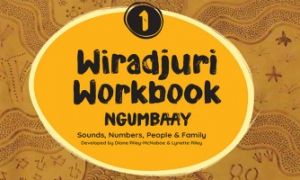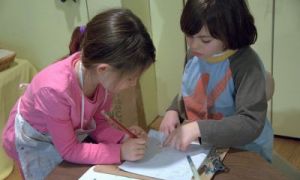Photo Observations are a perfect visual tool to capture a child's learning during an experience and provides an insight into the child's skills and development.
Capture The Learning
When taking a photo look for the learning that's taking place. A child who is cutting for example, take a close up of the way the child is holding the scissors in their hand, how they are holding the paper with the other. Wait for the right moment that demonstrates the child's skills.
Showing A Different Perspective
It's a good idea to change the angle when taking a photo, which shows the child's learning from a different perspective. Instead of standing over a child while taking the photo, lay the camera on the floor and look up or hold it higher above your head.
Movement and Emotions
Blurred photographs because of movement can also be used to effectively show the child in action. Such as a child dancing, balancing on one leg, jumping from a beam, these photos even though at times blurred can be used to document the child's movements.
As for photographing how a child is feeling, this is great opportunity to capture a child's look when they finally complete a challenging task they were working on, or the look on their face when they are engrossed in an experience or the smile they share when their parent comes to pick them up in the afternoon. All these captures can be used in documentation.
When documenting with photos, complete with annotation and descriptions about what was taking place when the images was taken.
Photography is an exciting medium for documenting change and progress and purposeful photos will accurately show the child's learning journey.


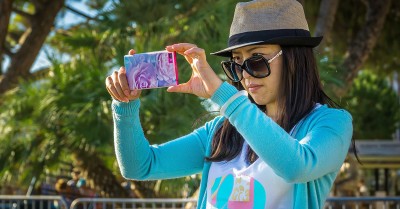
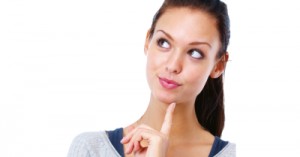
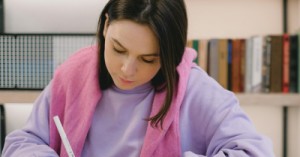
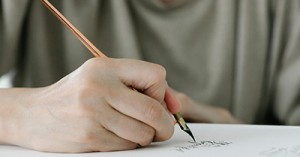
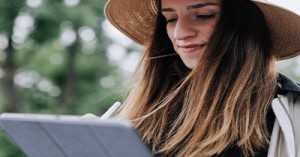
 Here is the list of the EYLF Learning Outcomes that you can use as a guide or reference for your documentation and planning. The EYLF
Here is the list of the EYLF Learning Outcomes that you can use as a guide or reference for your documentation and planning. The EYLF The EYLF is a guide which consists of Principles, Practices and 5 main Learning Outcomes along with each of their sub outcomes, based on identity,
The EYLF is a guide which consists of Principles, Practices and 5 main Learning Outcomes along with each of their sub outcomes, based on identity, This is a guide on How to Write a Learning Story. It provides information on What Is A Learning Story, Writing A Learning Story, Sample
This is a guide on How to Write a Learning Story. It provides information on What Is A Learning Story, Writing A Learning Story, Sample One of the most important types of documentation methods that educators needs to be familiar with are “observations”. Observations are crucial for all early childhood
One of the most important types of documentation methods that educators needs to be familiar with are “observations”. Observations are crucial for all early childhood To support children achieve learning outcomes from the EYLF Framework, the following list gives educators examples of how to promote children's learning in each individual
To support children achieve learning outcomes from the EYLF Framework, the following list gives educators examples of how to promote children's learning in each individual Reflective practice is learning from everyday situations and issues and concerns that arise which form part of our daily routine while working in an early
Reflective practice is learning from everyday situations and issues and concerns that arise which form part of our daily routine while working in an early Within Australia, Programming and Planning is reflected and supported by the Early Years Learning Framework. Educators within early childhood settings, use the EYLF to guide
Within Australia, Programming and Planning is reflected and supported by the Early Years Learning Framework. Educators within early childhood settings, use the EYLF to guide When observing children, it's important that we use a range of different observation methods from running records, learning stories to photographs and work samples. Using
When observing children, it's important that we use a range of different observation methods from running records, learning stories to photographs and work samples. Using This is a guide for educators on what to observe under each sub learning outcome from the EYLF Framework, when a child is engaged in
This is a guide for educators on what to observe under each sub learning outcome from the EYLF Framework, when a child is engaged in The Early Years Learning Framework describes the curriculum as “all the interactions, experiences, activities, routines and events, planned and unplanned, that occur in an environment
The Early Years Learning Framework describes the curriculum as “all the interactions, experiences, activities, routines and events, planned and unplanned, that occur in an environment
